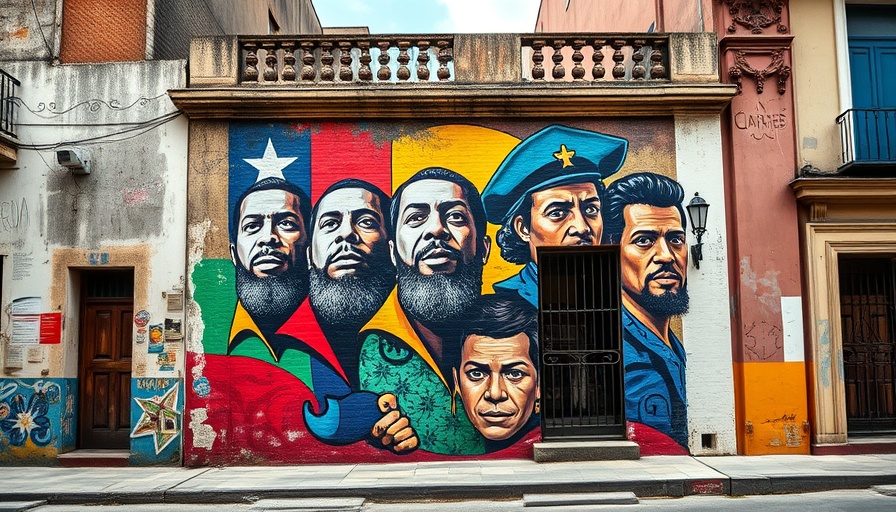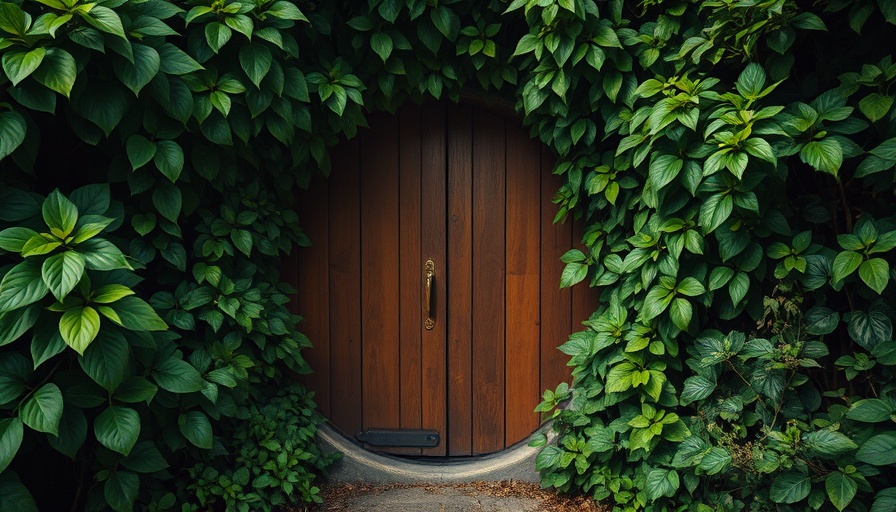
The Colorful Facade of Cuba: More Than Meets the Eye
Cuba is often celebrated for its vibrant culture characterized by salsa rhythms, classic vintage cars, and stunning architecture. However, underneath this picturesque surface lies a complex history fraught with slavery, colonialism, and revolution that has shaped its present landscape. Visitors to the Caribbean island can't help but be captivated by its allure, yet understanding its past is essential to appreciating the Cuba we know today.
Tracing the Roots of Cuban Identity
Cuba's journey dates back to 1492 when Christopher Columbus’s arrival began the island's tumultuous relationship with European powers. The Spanish Empire dominated for centuries, and it wasn’t until the late 19th century that Cuba began to gain a semblance of independence. The contrast between the idyllic beauty of places like the Historic Centre of Camaguey and the sinister legacy of the sugar and slave trade reveals the duality that defines the island. The history of sugar plantations, particularly during the 1800s, showcases Cuba’s reliance on slave labor to maintain its position as a leading sugar producer, a chapter that still echoes through the island’s cultural fabric.
Legacy of Revolution and Change
The Cuban Revolution of 1959 marked a significant turning point in the history of Cuba, leading to decades of communism under Fidel Castro. This revolution, however, did not erase the legacies of colonialism or slavery. Instead, it provided a new narrative that emphasized equality and education while also repressing opposing views. Today, Cuba's society reflects the tension between a proud revolutionary history and the lingering shadows of its colonial past. For modern visitors, understanding these dynamics can enrich the experience. Institutions such as the Museum of the Revolution in Havana serve as reminders of this tumultuous history.
Exploring Cuba's Heritage
Cuba is home to numerous UNESCO World Heritage Sites. These sites, including Trinidad and the Valley of the Sugar Mills, allow visitors to ponder the depth of Cuba’s historical journey. Walking through the quaint streets of Trinidad, it’s easy to envision daily life within a colonial past, where the echoes of the struggles for freedom still resonate. Patrons can meander through historic plazas and view the remnants of sugar mills, gaining access to stories that live in the architecture and landscape.
The Emotional Connection to History
For those traveling to Cuba, it's vital to engage with the stories that shaped its people and culture. Understanding these historical contexts not only deepens one’s appreciation for the island's beauty but also invites meaningful interactions with locals. The warmth of the Cuban people, intertwined with their rich history, paints a vivid portrait of resilience and cultural pride.
So, grab your dancing shoes and your curiosity, and join the dance of history and culture that is Cuba!
 Add Row
Add Row  Add
Add 




Write A Comment